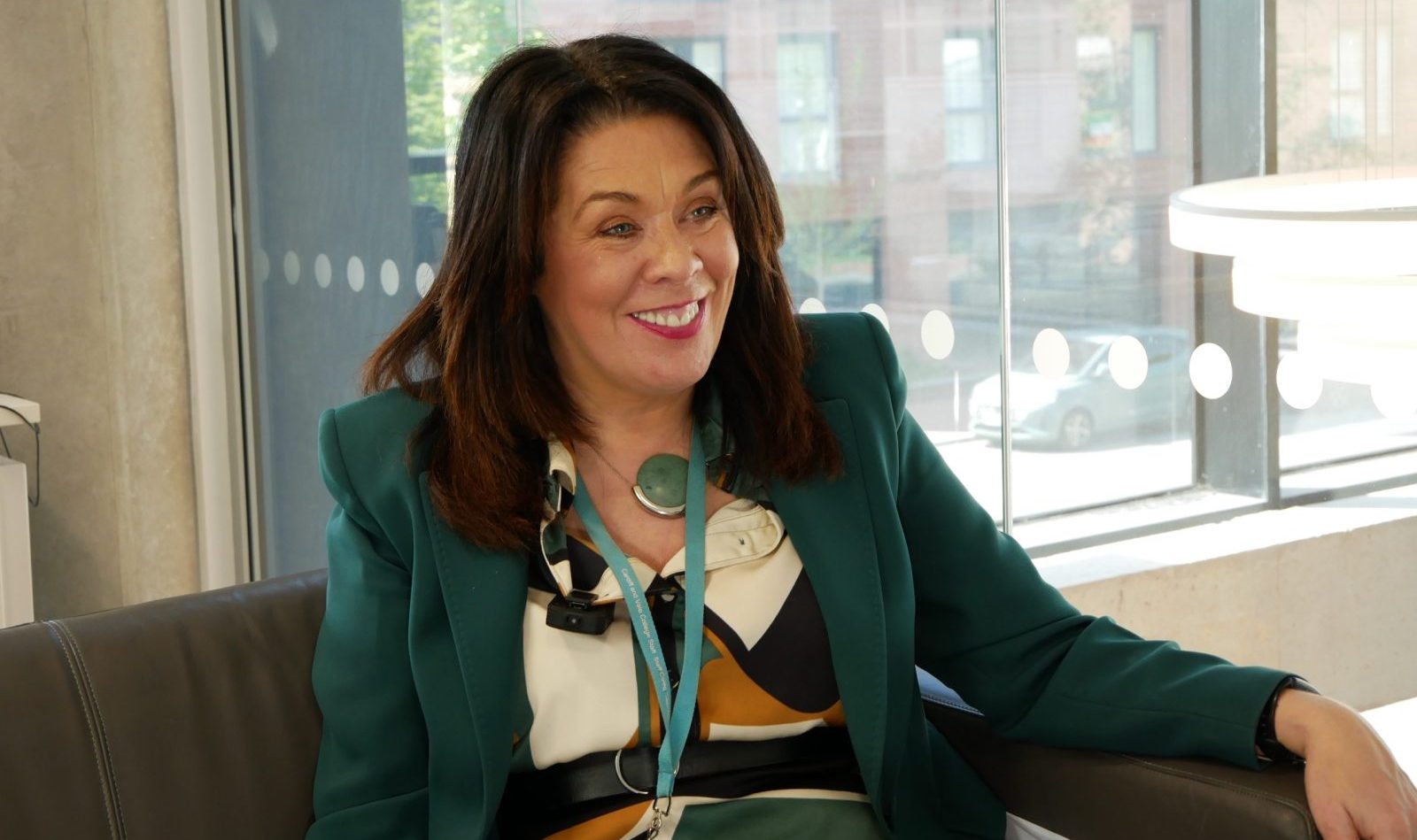Ready Already!

What is Ready Already?
Our Ready Already! campaign offers first-hand guidance and transparency around our new inspection framework, debunks some common myths around inspections and reassures providers up and down the country that they are ‘Ready Already’ for inspection.

Guidance for Schools and PRUs
Go to our guidance for schools and PRUs.
Guidance for post-16 sectors
Go to our guidance for post-16 sectors.